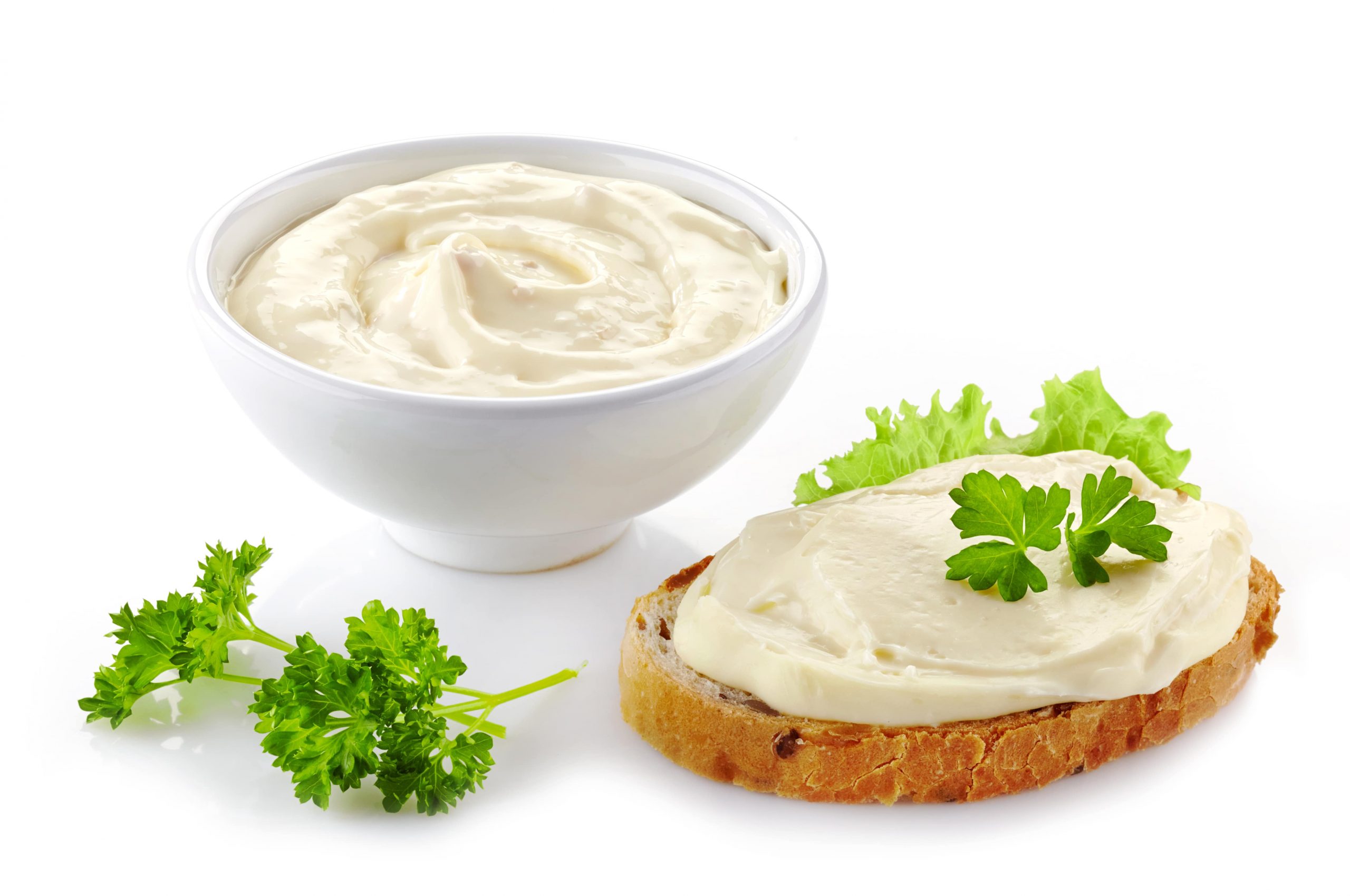Cream cheese is a versatile dairy product often used as spread. It contains several beneficial nutrients that can benefit your health in a number of ways. However, it has been linked with some potential downsides.
While cheese is a milk product, cream cheese doesn’t deliver too much lactose. It can either be made from milk, cheese or a combination of the two. It lends a mild taste in crackers, bread, and bagels where it’s used as spread. Because you are a health-conscious person, it would help knowing the nutrition value of cream cheese, as well as its health benefits and downsides. This article will explain everything about cream cheese.
How Cream Cheese Is Made
Cream cheese is primarily a product of cream, but in some cases, it can be made by combining milk and cheese. The process of making cream cheese is quite simple. The first step involves heat-treating the cream by pasteurization. This ensures that potentially harmful microorganisms are killed. What follows is the addition of lactic acid bacteria, which lends a mild acidity to the cheese. Thereafter, fat droplets produced in the cream are broken into simpler and smaller uniform drops, which results in a smooth product. Then, carrageenan and carob bean gum, which are powerful thickeners are added to make the cheese thicker. Lastly, to make the cheese firm, plant- or animal-based clotting enzymes are added. In some countries like the United States, the quality of cream cheese is regulated. It is required to have a fat content of at least 33 percent and 55 percent moisture by weight.
Nutrition Profile
There are many types of cheese, such as flavored, double-cream, regular, and whipped. Thus, the exact nutritional profile varies depending on the product and brand at hand. Generally, 28 g of regular cheese contains 99 calories, 2 g of protein, 10 g of fat, 2 g of carbs, 0 g fiber, 10 percent of the recommended daily value (RDV) for vitamin A, and 5 percent of the RDV for riboflavin (vitamin B2). Take note that the amount of fat in cream is high, while carbs and protein are in small amount. It a great source of vitamin A plus, a decent amount of riboflavin (vitamin B2). Whipped cream cheese variety contains fewer calories and considerably less fat.
Health Benefits
Besides being used as spread, cream cheese can benefit your health in many ways.
It’s a Great Source of Vitamin A
Cream cheese is high in vitamin A. It contains up to 10 percent of the RDV for vitamin A in just a single serving of 28 g. Vitamin A is a fat-soluble vitamin and plays an important role in improving your vision. Several studies have linked vitamin A to a strong immune system, as well as improving the health of vital organs such as lungs, skin, and intestines.
Rich In Antioxidants
Cream cheese is a good source of powerful antioxidant. These are compounds that protect your cells from free radicals damage. When free radicals accumulate in the body and outnumber antioxidants, they can lead to oxidative stress, which causes many chronic diseases like cancer and heart disease. Particularly, cream cheese have carotenoid antioxidants, such as lutein and zeaxanthin. Studies indicate that lutein and zeaxanthin can help improve your eye health.
May Have Probiotic Properties
The acidity of cream cheese is owed to lactic acid bacteria, which are added when processing it. Some strains of lactic acid bacteria are probiotics, meaning that they act as healthy bacteria in your gut, offering some health benefits. For instance, Lactobacillus species strengthen your immune system by reducing inflammation, while other species in the cream trigger prompt immune response when disease-causing microorganisms invade the body. A mice study found that Lactobacillus chungangensis could increase short-chain fatty acid levels. Short-chain fatty acids are the immediate source of energy for cells in your large intestines. They also reduce inflammatory response, one thing that may benefit people with inflammatory conditions. Though these results are promising, they are limited to animal, and more human studies are needed.
Given that process of making cream cheese involves heating, most of the probiotics may be killed. When purchasing one, look for the ones labelled “live and active cultures,” meaning that they have been enriched with living probiotics.
Is Low In Lactose
The sugary nature of milk, yogurt, and cheese is owed to the content of a type of sugar called lactose. Some people cannot digest lactose. This results to a digestive condition called lactose intolerance, which presents with symptoms like gas, bloating, and diarrhea. For this reason, people with this condition should cut back on their or completely avoid dairy products. That being said, some studies indicate that up to half of people with lactose intolerance can tolerate small amounts of about 12 g of lactose per meal. Since cream cheese contains very small amounts of lactose with 28-gram serving delivering only 2 grams, people with lactose intolerance can find it a favorable food.
Potential Downsides
Low In Protein
A typical serving of cream cheese provides 2 g of protein only, which is very low compared to other dairy products, such as goat and brie cheese. Protein is a macronutrient and is essential for maintenance of muscle mass and strength. Besides increasing your feelings of fullness after meals, protein is needed for a number of metabolic activities in your body. This means that you should eat healthy sources of protein, such as eggs, beans, meat, fish, lentils, and other dairy foods.
Short Shel-Life
Cream cheese cannot keep for long. Several factors like packaging, processing, and storage affects its shelf-life. While it may be stripped off of microorganism through pasteurization, it still contains much water, which increase risk of microbial contamination. As a rule of the thumb, upon opening cream cheese, it should be eaten within 14 days, and kept in the fridge throughout. You should not consume cream cheese that has gone beyond the expiration date. Plus, if there is an odd smell or mold, you should discard it.
Conclusion
Cream cheese is obtained from cream or a combination of milk and cream. It boasts a decent amount of vitamin A which may help improve your vision. It can also fit people with lactose intolerance as it is low in lactose.









